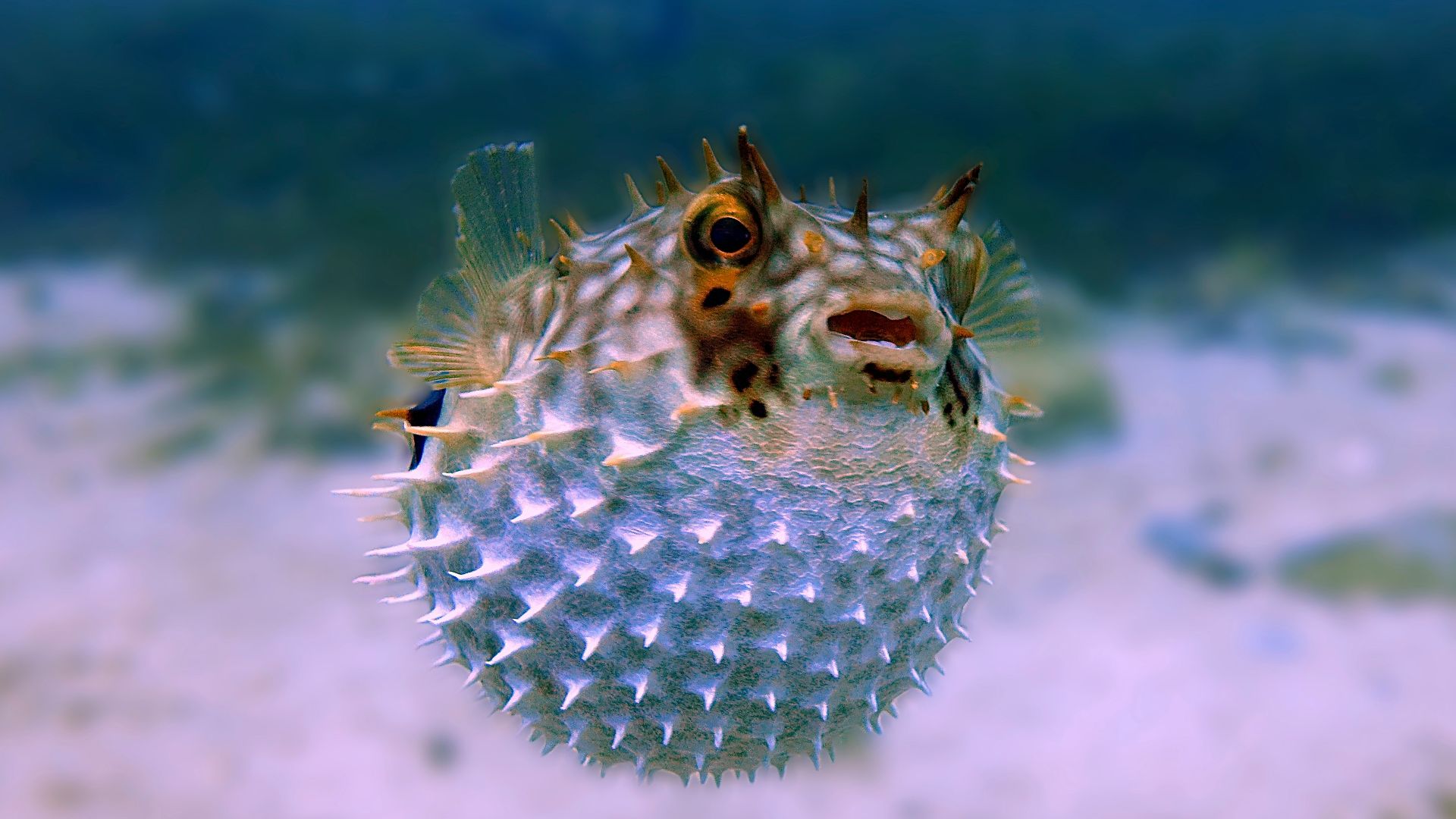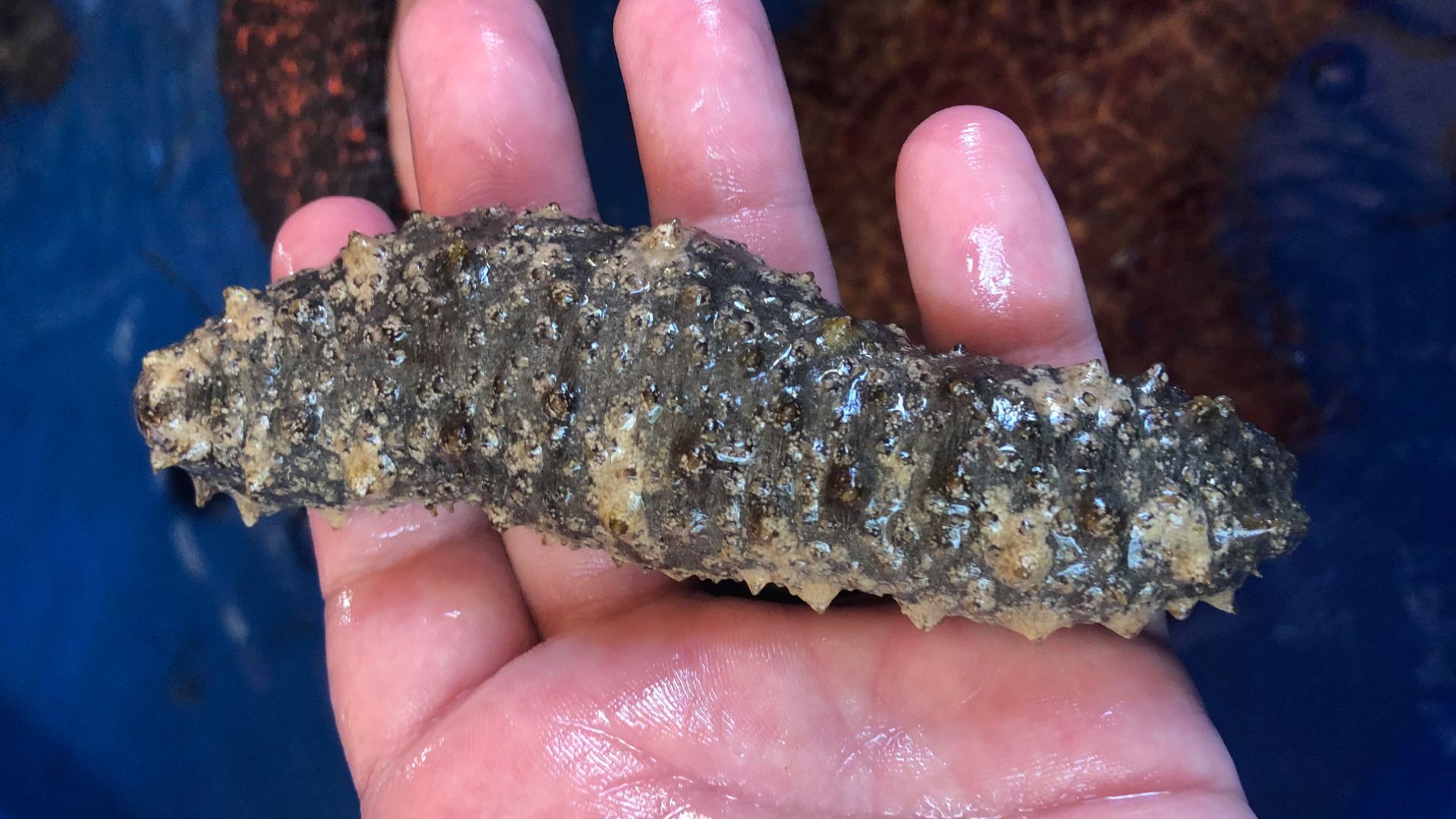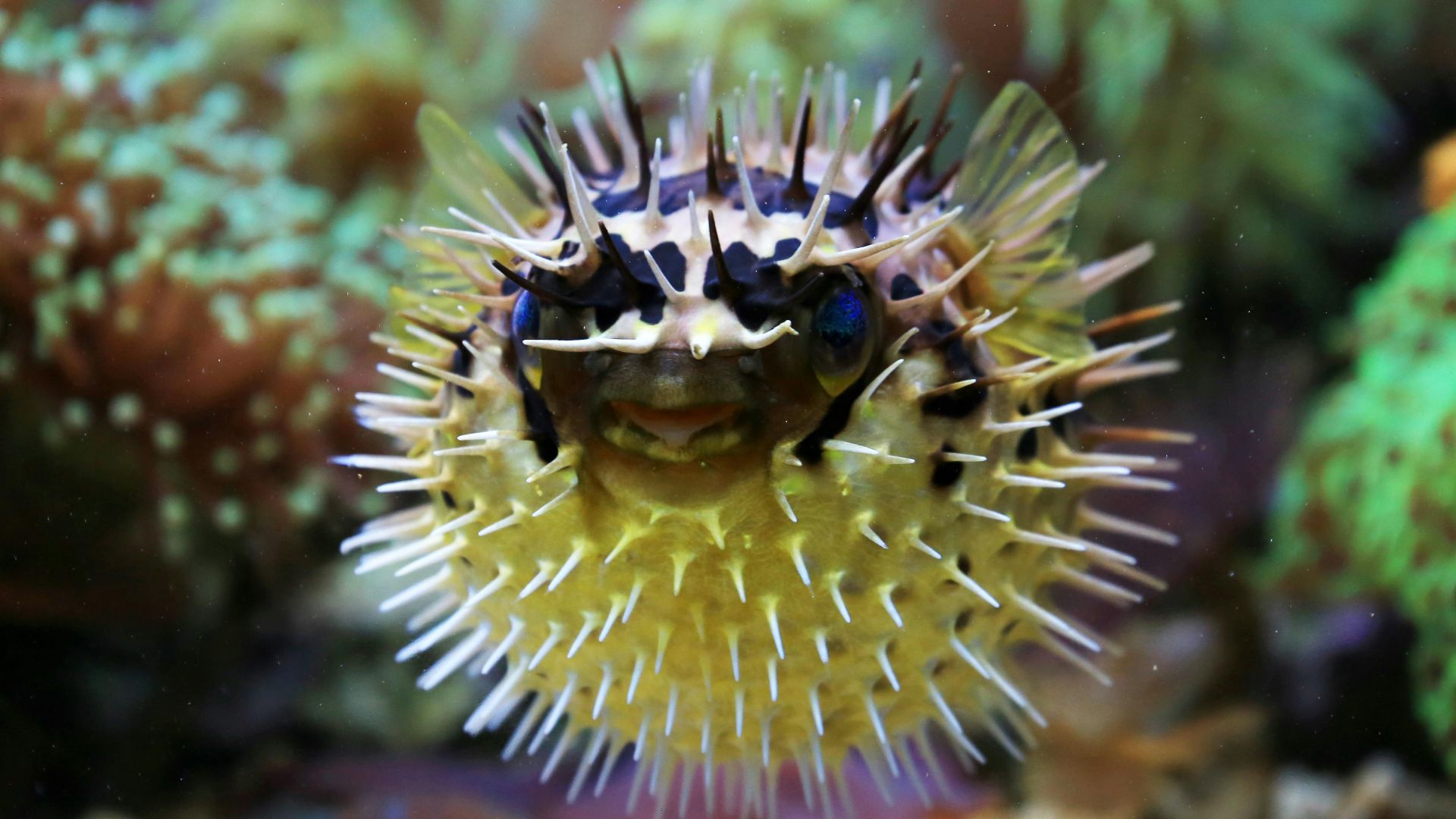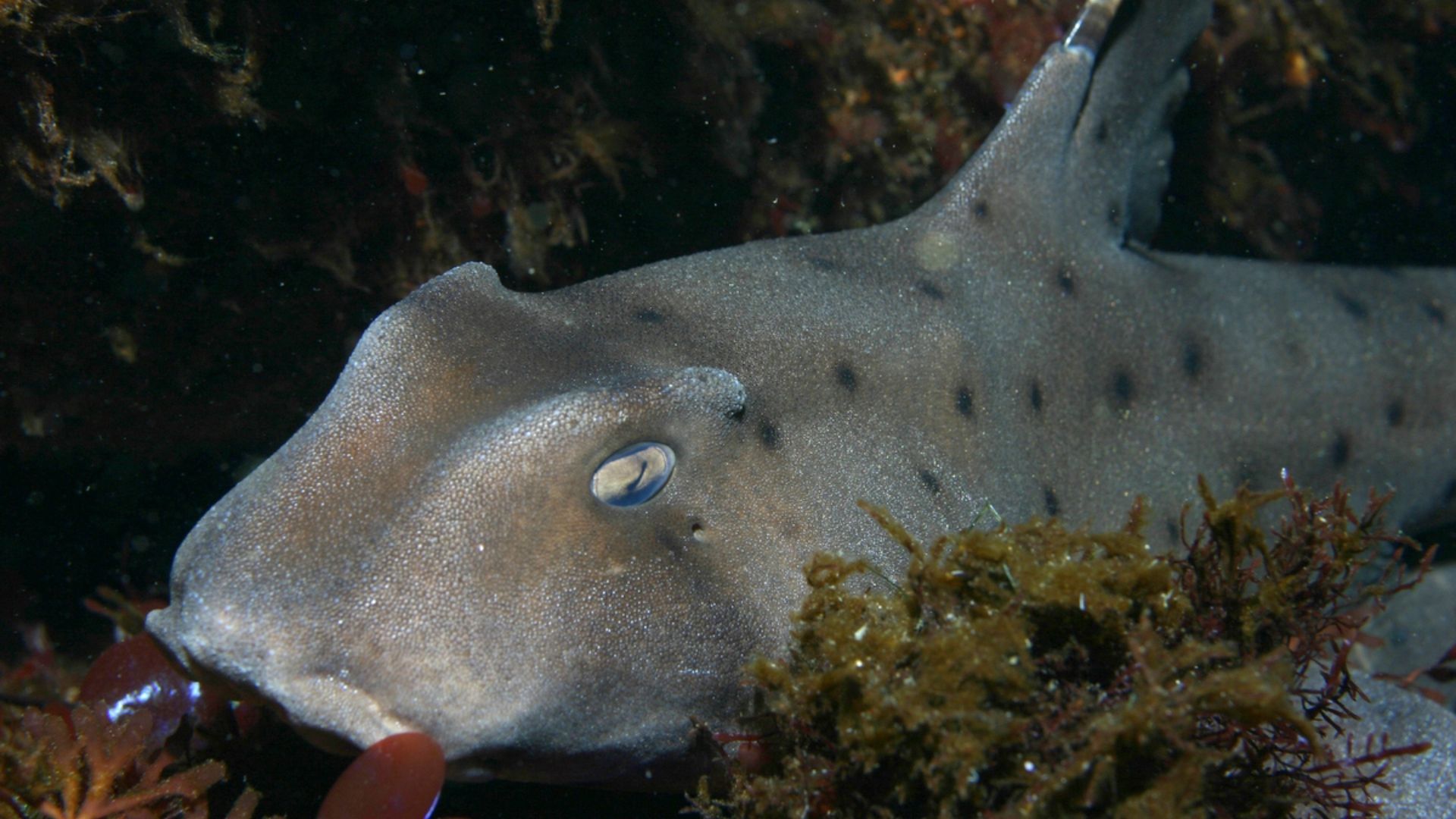Predators Better Think Twice
It’s a fish-eat-fish world out there, and smaller species face all sorts of threats. Whales, sea lions, and horrifying sharks—some with lineage millions of years old—stalk the deep, just waiting for their next meal. To protect themselves, fish have had to get smart, and we’re here to break down the coolest defense mechanisms.
1. Sea Cucumber
Goofy name aside, predators don’t want to mess with these little sea snakes. Think of their defense mechanism like road spikes: they drop a tangle of tubules, and sometimes a simultaneous toxin, that traps would-be attackers and leaves them in the lurch.
2. Hagfish
Hagfish really aren’t here to mess around. This unassuming prey is ready to defend itself at a moment’s notice, excreting a thick slime over predators that expands in water. The result? Clogged gills and mouths that suffocate attackers.
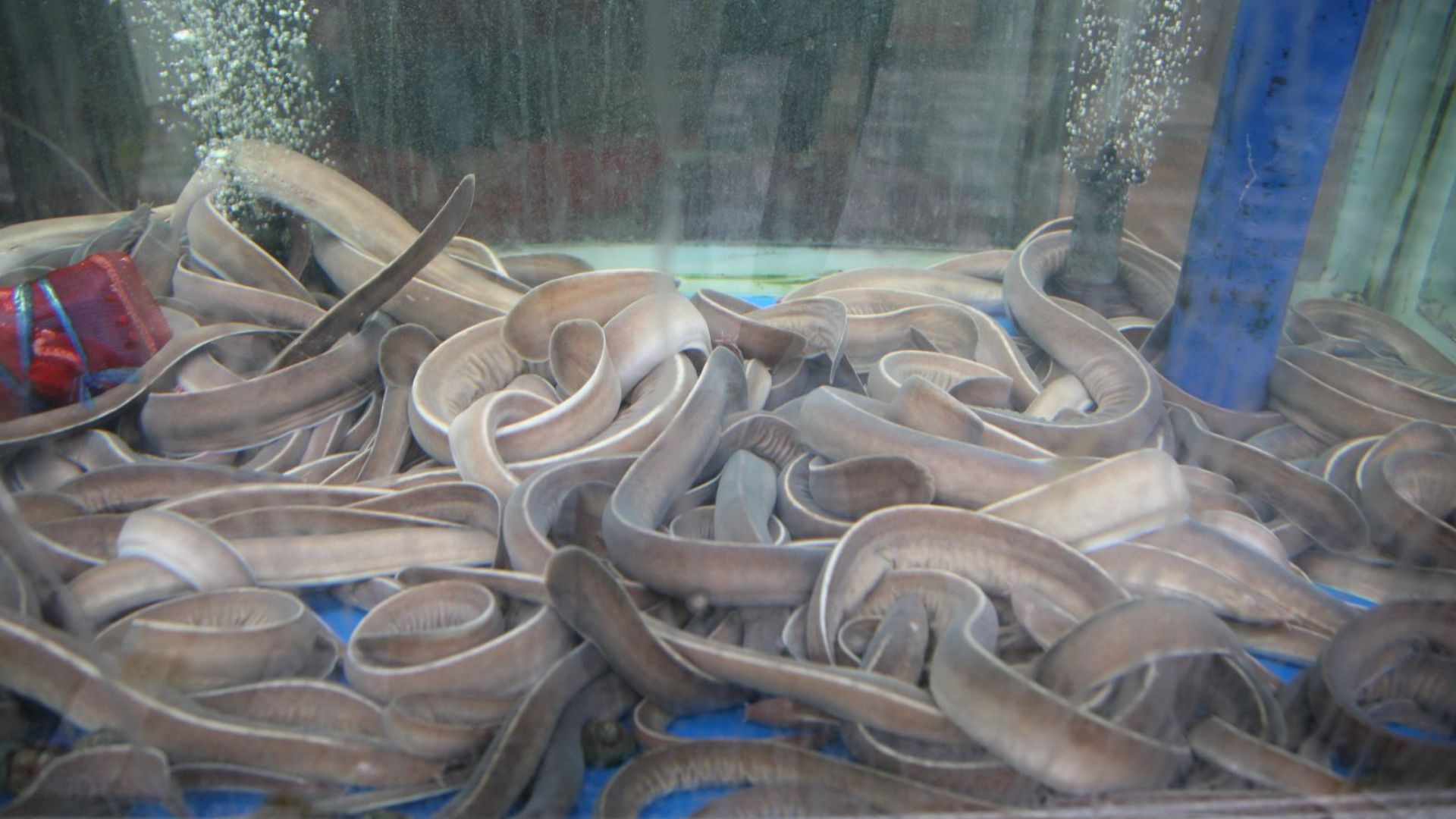 by Junho Jung at Flickr from South Korea on Wikimedia
by Junho Jung at Flickr from South Korea on Wikimedia
3. Octopus
We already know that an octopus is incredibly smart, but who knew about their cloaking abilities or their confusing ink clouds? They’ll change color. They’ll blend into their surroundings. They’ll squeeze through impossibly small areas. They have several defense mechanisms at the ready, and predators often have a hard time.
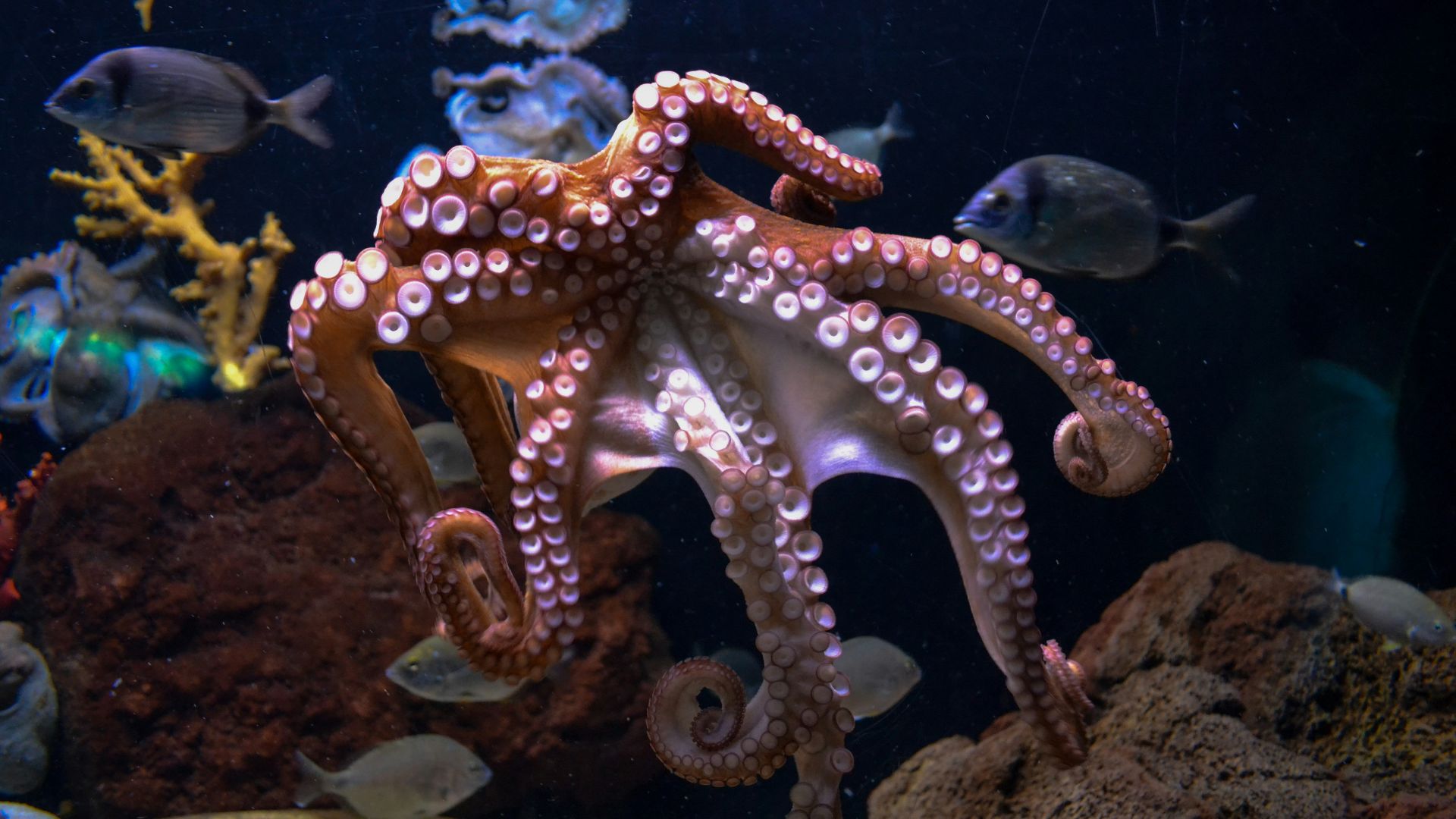 Serena Repice Lentini on Unsplash
Serena Repice Lentini on Unsplash
4. Pufferfish
Well, the name alone should have given it away! There it goes, an innocent little pufferfish casually swimming along…right before it expands to twice its size. Predators have a heck of a time swallowing something covered in spikes, and even if they did, they might not like the toxin inside.
5. Horn Shark
Predators probably won’t eat something with sharp spines—just ask the horn shark. Aside from their camouflaging, this baby shark deters attacks with their venomous and painful spikes. Even better for the species, the spikes are particularly dangerous in younger sharks.


